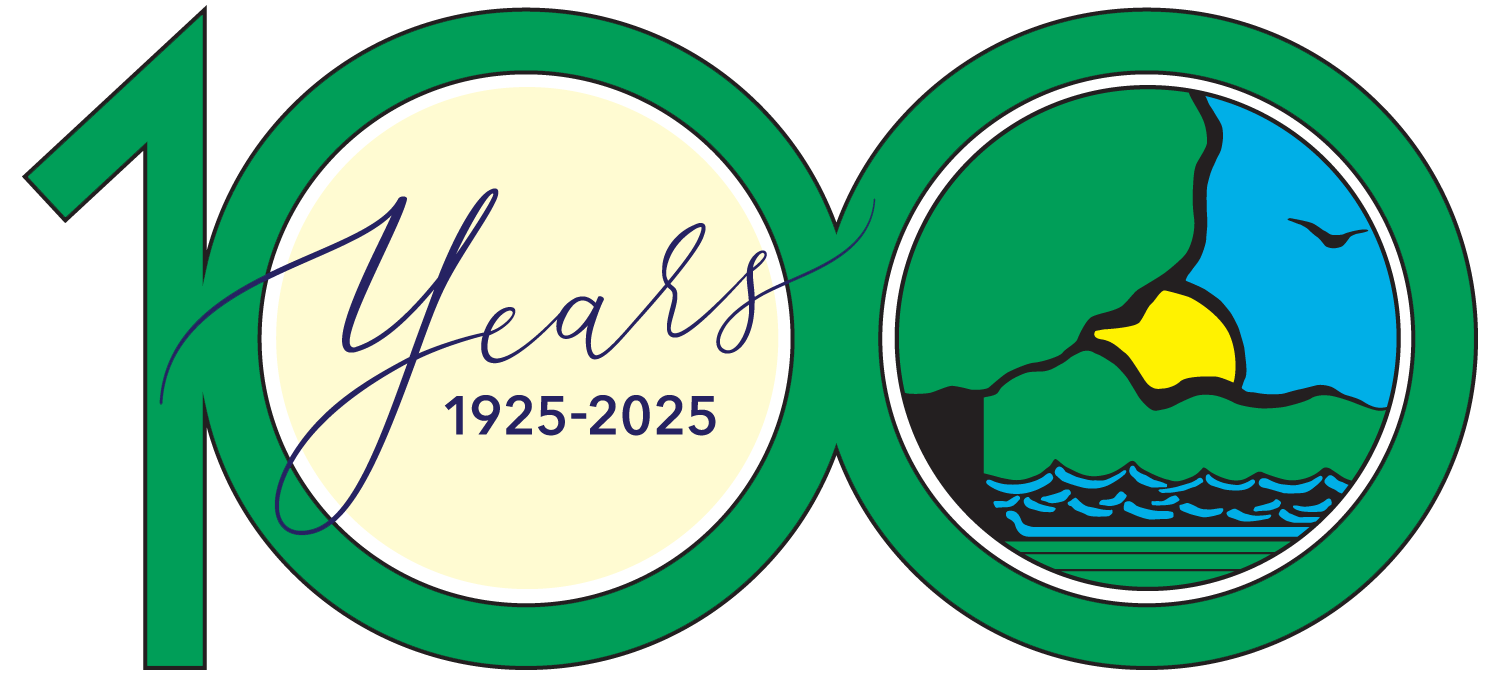
Photo by Michael R. Jeffords



Photo by Michael R. Jeffords
I recently was asked “why do I see nearly three dozen wild turkeys on my property in the fall and winter but rarely see any during the spring and summer?”
A conversation with John Burk, National Wild Turkey Federation district biologist for Illinois and Missouri, enlightened my understanding of turkey biology and habitat needs.
First, a few relevant facts on the wild turkey.

“Landowners interested in managing for any species should first figure out what the biggest limiting factor on the landscape is for that species in their area and focus on that,” Burk explained. “With wild turkeys you should manage for nesting and brood rearing habitat because that is almost always the biggest limiting factor and will give you the biggest bang for your buck. Turkeys will not use forested areas dominated by dense stands of bush honeysuckle so, without question, this is the first thing a landowner interested in increasing the turkey population on their property should address.”
According to Burk treating non-natives can be expensive, but failure to rein in invasive species will preclude the successful implementation of any other habitat management action. Contacting a wildlife professional for a baseline assessment will help determine how significant the problem is and guide you in determining a starting point.
Where bush honeysuckle is just starting to invade, cutting and spraying with an herbicide typically will address the issue. On state sites where entire stands have been overtaken, Burk reports that the Illinois Department of Natural Resources (IDNR) has started aerially spraying areas in the fall after the oaks go dormant.
“Not only does this technique significantly reduce the cost per acre but the bush honeysuckle kill rate has been documented at 90 percent,” Burk related.
After addressing the bush honeysuckle problem, Burk recommends landowners work to remove sericea lespedeza as this aggressive invader of open areas produces copious amounts of seed and allelopathic chemicals released through the roots suppress the growth of native species.

Once the spread of invasives has been curbed, consider undertaking a program to create an open woodland.
“Open woodlands are the #1 objective of the Illinois Wildlife Action Plan Forest and Woodlands Campaign and IDNR considers the NWTF a key partner in helping to achieve these objectives,” Burk said. “The current basal area (a forestry term that relates to the relative cross-sectional volume of trees in a stand) on a typical acre of midwestern forested land is probably around 130 to 140. On a healthy forested acre, that number should be about half, or, more simply put; half as many trees. In addition, without the periodic disturbance of fire mast-producing oak-hickory forests evolved with, our woodlands are converting to a maple-beech-elm ecosystem which doesn’t produce the food resources mast-dependent woodland species require.”
By reducing the basal area the canopy is opened, allowing the herbaceous component to express itself. For the wild turkey, this equates to improved brood rearing habitat because they rely upon insects that are only found in adequate numbers where you find herbaceous vegetation.
“Everything a wild turkey needs throughout the year can be found in an open woodland,” Burk remarked. “The forest floor provides the herbaceous vegetative cover for nesting and provides the protein-rich insect food source growing poults need. Selection for oaks and hickories ensures foods are available throughout much of the fall and winter and the trees also provide roosting cover as well as thermal protection during inclement weather.”
If turkeys like openings are food plots beneficial? Burk explained that food plots will get used, but they won’t produce more wild turkeys—or white-tailed deer.
“I liken food plots to providing our children with a choice between broccoli and ice cream and candy,” said Burk. “While food plots will attract and concentrate several species, don’t be misled by the impression that you created more animals with these efforts. You’re attracting them to a preferred food source, but you really probably aren’t making a difference at the population level because food, especially in the Midwest, usually is not a limiting factor.”

Far more beneficial are the practices that create larger blocks of preferred nesting and brood rearing cover such as open woodland restoration or restoring blocks of native warm-season grasses and forbs.
“The quicker turkey poults fly the fewer that die,” Burk explained. “Developing areas that support high densities of insects, such as those rich in forbs, means that poults mature quicker and are able to get off the ground and shelter in a tree.”
Armed with information on management of habitat for wild turkeys, I’m ready for another conversation with that landowner and confident in pointing them in a direction that will result in making their property year-round habitat for Illinois’ largest game bird.
Kathy Andrews Wright retired from the Illinois Department of Natural Resources where she was editor of OutdoorIllinois magazine. She is currently the editor of OutdoorIllinois Journal.
Submit a question for the author